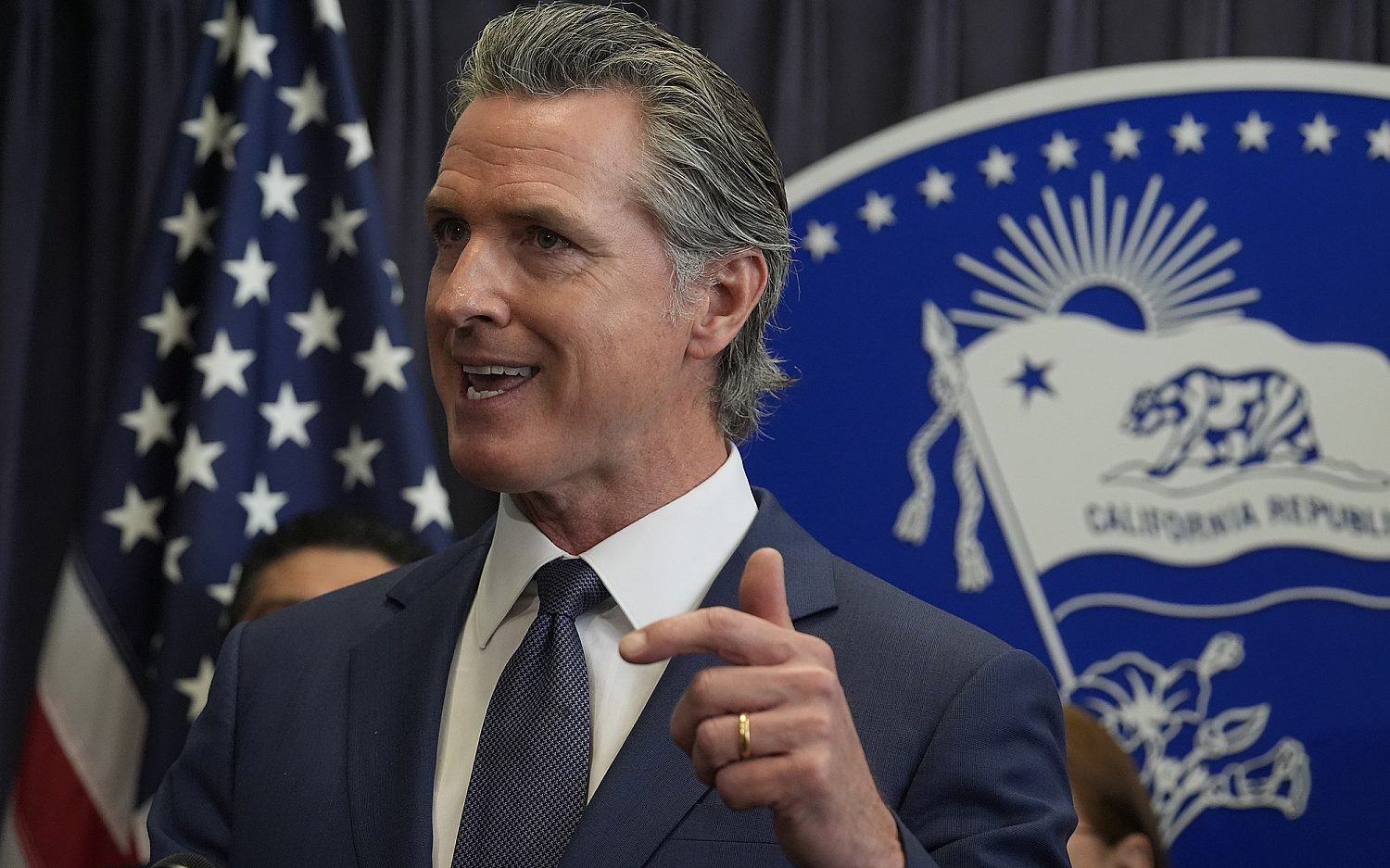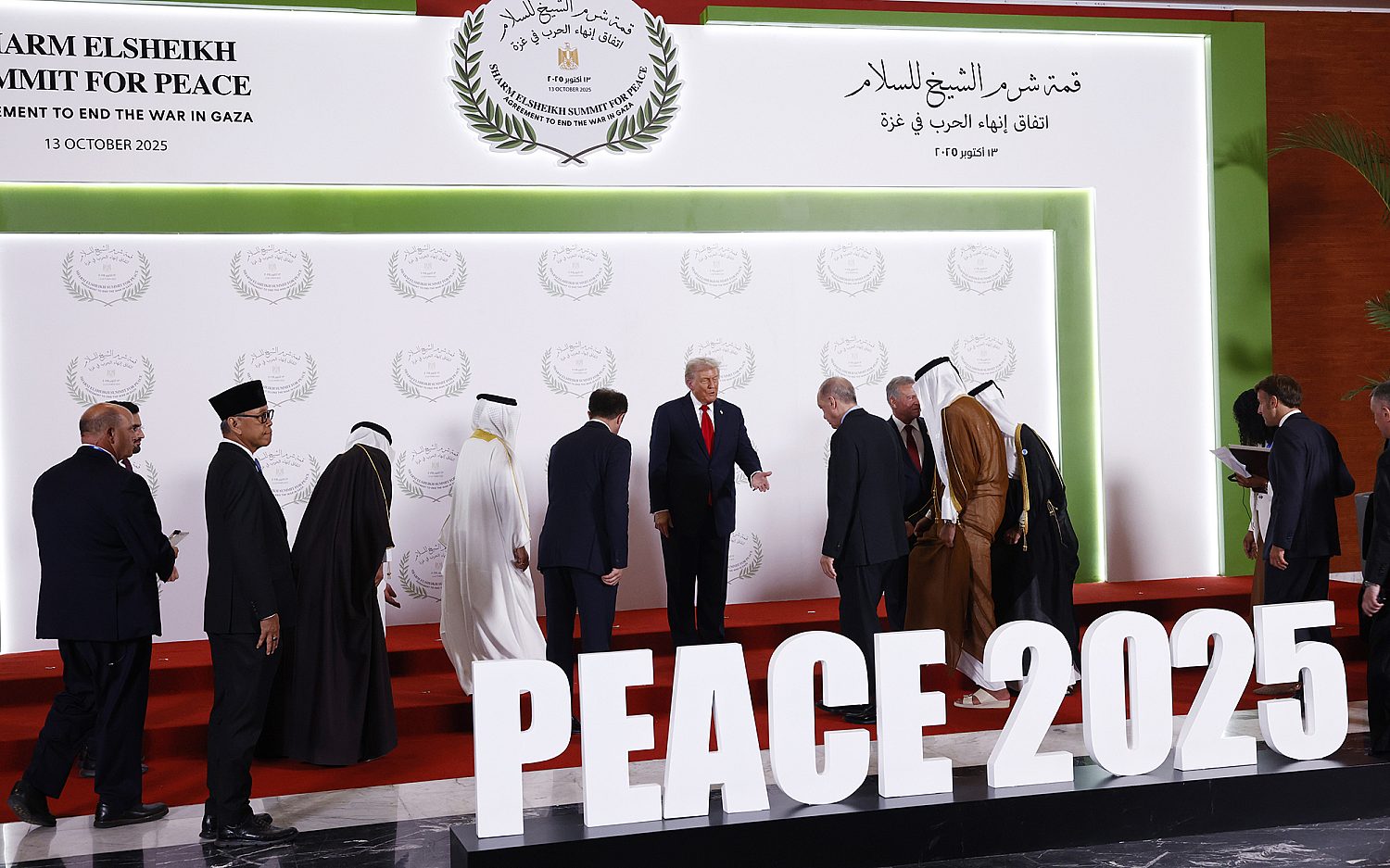Trump, media spar over truth, accountability
The new administration’s handling of the press is a rude awakening for Washington journalists
Less than a week into Donald Trump’s presidency, his relationship with the mainstream media is off to a rocky start.
On Monday, press secretary Sean Spicer excoriated members of the press in the White House briefing room.
“Yesterday, at a time when our nation and the world was watching the peaceful transition of power—and as the president said, the transition in the balance of power from Washington to the citizens of the United States—some members of the media were engaged in deliberately false reporting,” Spicer said, citing two examples. The first was an accusation that the media intentionally framed photographs of the inauguration to minimize the crowd gathered on the National Mall. The second was a reporter’s false tweet claiming a bust of Martin Luther King Jr. had been removed from the Oval Office.
Tim Graham, director of media analysis for the Media Research Center, said the mainstream media are “obsessed over the idea that Trump doesn’t tell the truth.” Major news networks have focused on stories fitting the narrative that Trump is a dangerous authoritarian.
“I think this is probably the pattern we’re going to see,” Graham said. “The fighting over what Trump just said or Trump just tweeted is going to get much more attention than policy.”
But the Trump administration is fighting back, calling out dishonesty in the media and breaking traditions in how the White House handles the press corps.
“There’s been a lot of talk in the media about the responsibility to hold Donald Trump accountable, and I’m here to tell you that it goes two ways,” Spicer told reporters. “We’re going to hold the press accountable as well.”
At his first press conference, Spicer breached protocol by not calling on reporters in the front row, who are from larger news organizations such as The Associated Press, until later in the briefing.
“Those prestigious, front-row outlets did get the questions, but they got them 15 or 20 minutes in,” Graham said.
On Tuesday, Trump ordered a communications blackout at the Environmental Protection Agency (EPA) and the departments of Agriculture and Transportation. Staff members in those agencies were barred from issuing press releases, giving interviews, and posting to departmental blogs or social media accounts.
“I don’t think it’s any surprise that when there’s an administration turnover, that we’re going to review the policies,” Spicer said of the new rules.
Doug Ericksen, communications director for Trump’s transition team at the EPA, said the clampdown probably would be lifted by the end of the week.
“We’re just trying to get a handle on everything and make sure what goes out reflects the priorities of the new administration,” he said.
All in all, Trump’s unconventional approach to media relations has worked to his benefit, Graham said.
“We’ve had all kinds of establishmentarians on both sides of the political divide suggesting this is unwise, that this wasn’t going to work for him. And it seems to work for him,” Graham said. “At least up to this point, the sideshow is the main show.”
Listen to “White House Wednesday” on the Jan. 25 edition of The World and Everything in It.
An actual newsletter worth subscribing to instead of just a collection of links. —Adam
Sign up to receive The Sift email newsletter each weekday morning for the latest headlines from WORLD’s breaking news team.






Please wait while we load the latest comments...
Comments
Please register, subscribe, or log in to comment on this article.